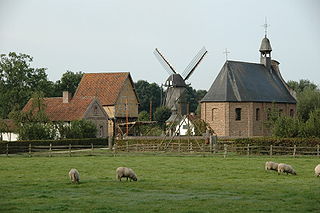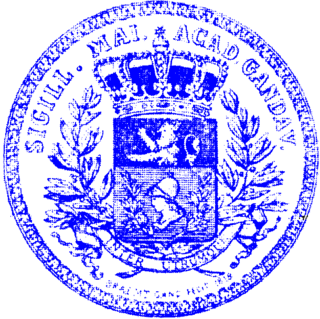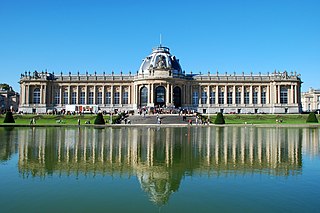 W
WAgriculture and horticulture in Flanders has traditionally a familial character, but just like agriculture in other regions, is increasingly characterised by an increase in scale, modernisation and expansion. In Flanders, intensive sectors constitute the largest segment of agriculture: pig breeding, poultry and dairy farming, vegetables and fruit, ornamental plant culture. In Wallonia, the French-speaking part of Belgium, the emphasis is more on arable farming and extensive soil-based cattle breeding.
 W
WThe Bokrijk Provincial Domain is a park and museum complex near Genk, Province of Limburg in Belgium. It is known for its open-air museum which displays a large collection of historical buildings from across Flanders which presents the history of rural life in the region. The domain is 5.5 square kilometres (2.1 sq mi) in area and also hosts an important botanical garden (arboretum), nature reserve, and the largest open-air playground in Flanders.
 W
WThe Calestienne is a 130 km long narrow strip in the Belgian region of Wallonia and also in a small part of France, which is mainly formed of limestone rocks and reaches nearly 300 meters in maximum height. Because of erosion it is rich of relief.
 W
WThe Condroz is a natural region in the Wallonian (French-speaking) part of Belgium, located to the north-west of the Ardennes. Its unofficial capital is Ciney. The region preserves the name of the Condrusi, a Germanic tribe which inhabited the area in the Roman era.
 W
WThe Fagne or la Fagne is a natural region in southern Belgium and northern France, sometimes grouped with Famenne as Fagne-Famenne. It should not be confused with the High Fens, which are further east and straddle the border of Belgium and Germany.
 W
WFagne-Famenne is a natural region in southern Belgium and northern France. It consists of The Fagne or la Fagne west of the river Meuse, and Famenne to the east. The two regions are often grouped together because they are quite similar both geographically and naturally.
 W
WFamenne is a natural region in Wallonia. Together with The Fagne or la Fagne, west of the river Meuse, it is part of the Fagne-Famenne natural region. The two regions are often grouped together because they are quite similar both geographically and naturally.
 W
WGembloux Agro-Bio Tech (GxABT), located in Gembloux, Belgium, is one of the eleven faculties of the University of Liège. Founded in 1860 and previously known as the Faculté universitaire des sciences agronomiques de Gembloux, it is Belgium's oldest educational and research institution dedicated to agronomic sciences and biological engineering. It is the only school in Belgium to be accredited by the French Commission des Titres d'Ingénieur allowing the university to deliver the Diplôme d'Ingénieur engineering degree. The school is also accredited by the EUR-ACE label, the highest European quality label for engineering degree programmes at Bachelor and Master level.
 W
WGhent University is a public research university located in Ghent, Belgium. It was established in 1817 by King William I of the Netherlands. After the Belgian revolution of 1830, the newly formed Belgian state began to administer the university. In 1930, the university became the first Dutch-speaking university in Belgium, whereas French had previously been the standard academic language in what was Université de Gand. In 1991, it was granted major autonomy and changed its name accordingly from State University of Ghent to its current designation.
 W
WIn 2007, the three Belgian Hautes Ecoles (Colleges) of the Province of Liège came together in a single large ensemble called Haute Ecole de la Province de Liège (HEPL).
 W
WThe Royal Museum for Central Africa or RMCA, also officially known as the AfricaMuseum, is an ethnography and natural history museum situated in Tervuren in Flemish Brabant, Belgium, just outside Brussels. It was built to showcase King Leopold II's Congo Free State in the International Exposition of 1897.